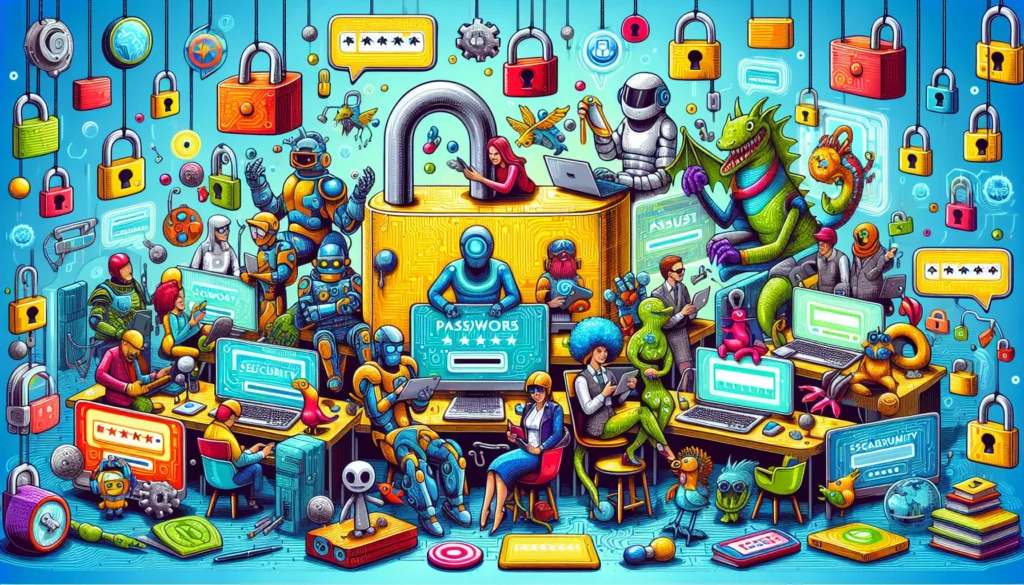Are Users Able to Reset Their Passwords While Maintaining Security Integrity?

Passwords remain a cornerstone of online security, despite the ongoing exploration of passwordless authentication by numerous organizations. They continue to serve as a primary defense mechanism for many public-facing online services.
However, password management poses significant challenges. Research indicates that approximately 40% of service desk inquiries are related to password issues, such as expirations and resets. Such challenges, including forgotten passwords and regular updates, are unavoidable and can consume substantial amounts of time and resources for IT departments.
The financial implications of password resets are notable, with estimates suggesting that each reset costs organizations around $70. Given this economic impact, implementing a self-service password reset (SSPR) solution is increasingly appealing. By allowing users to manage their password resets independently, organizations can alleviate the burden on helpdesk teams and reduce operational costs without compromising security.
Overview of Self-Service Password Resets
Self-service password resets enable users to securely reset their passwords without requiring IT assistance. This empowerment results in lower help desk ticket volumes, decreased costs, and increased productivity, as users can swiftly regain access to their accounts and refresh their credentials as needed.
SSPRs eliminate the necessity for manual IT intervention, yielding quantifiable benefits. For instance, an average organization reported savings of $65,000 from implementing self-service password reset solutions in 2022.

Security Considerations
Implementing SSPR solutions transfers the responsibility of password recovery from IT to the user. Therefore, it is imperative for security teams to incorporate robust security measures, prioritizing strong identity verification to prevent unauthorized access through exploitation of weak reset processes.
A secure SSPR process should employ identity verification methods that withstand common attack vectors like phishing and prompt bombing. Utilizing authenticator apps or hardware tokens enhances security, offering a level of assurance superior to traditional methods such as SMS or security questions, which are more susceptible to interception.
Organizations should integrate multi-factor authentication (MFA) using phishing-resistant technologies to validate user identities prior to executing any password reset actions. Strengthening the verification process enables organizations to leverage SSPR benefits while maintaining a secure environment.
Addressing Remote Access Needs
For organizations supporting remote or off-network users, effective SSPR solutions are essential. Users working remotely must be able to recover access to their accounts without IT intervention, rendering a web-based SSPR portal invaluable.
Unlike traditional solutions confined to on-premises access, a cloud-accessible portal allows users to initiate password resets regardless of their location. Achieving both accessibility and security necessitates identity verification through pre-registered MFA methods, including authenticator apps, hardware tokens, or biometric options, which enhance security compared to insecure methods like SMS or email verification.
Mitigating Social Engineering Threats
To minimize risks associated with social engineering attacks, organizations must proactively address vulnerabilities during SSPR implementation. Conventional challenge-response questions are often easily bypassed through phishing or publicly available information.
Organizations should adopt dynamic challenge-response mechanisms based on recent user activity or contextual data, such as the last file accessed or recent login history. Such context-aware prompts significantly deter attackers by complicating the impersonation of legitimate users.
Additionally, integrating risk-based authentication into the SSPR workflow can help detect and block suspicious behavior through techniques like geolocation analysis, device fingerprinting, and login velocity checks. For instance, if a reset request originates from an unfamiliar location or device, the system may require further verification or deny the request.
Best Practices for Implementing SSPR
- Prioritize user experience during SSPR implementation. Excessive user friction can hinder adoption and undermine the system’s intended efficiency. A complicated reset process may frustrate users, leading to increased support requests.
- Design the reset experience with clarity and simplicity in mind, incorporating step-by-step guidance, inline tips, and visual aids to facilitate the process.
- Provide real-time feedback on password requirements and highlight common errors to reduce friction and ensure users can successfully complete resets on the first attempt.
In summary, SSPR solutions provide significant benefits by reducing the burden on IT teams while enhancing organizational security posture. Their effectiveness hinges on a seamless and intuitive user experience, critical for successful adoption and sustained value.
Solutions such as Specops uReset are designed to integrate smoothly with Active Directory, offering customizable verification flows while ensuring cached credentials are updated and maintaining comprehensive audit logs without necessitating VPN usage.








